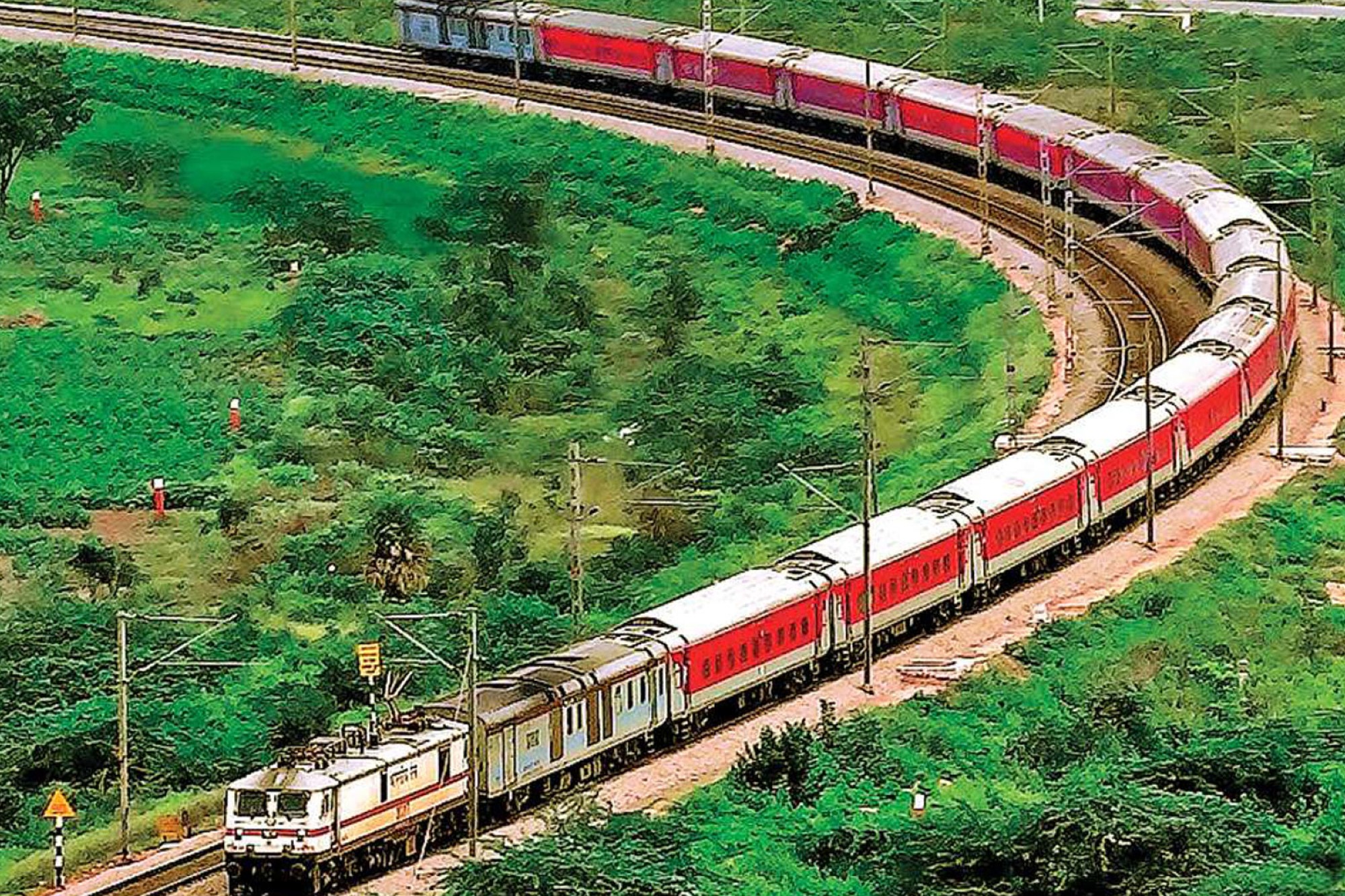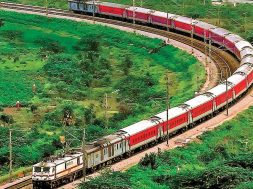Cabinet approves six railway projects across India

Under the direction of Prime Minister Shri Narendra Modi, the Cabinet Committee on Economic Affairs approved six Ministry of Railways projects totaling around ₹ 12,343 crore, all of which were funded entirely by the Central Government.
The suggestions for multi-tracking will facilitate operations and lessen traffic, allowing Indian Railways to build the much-needed infrastructure on its busiest portions. The projects align with Hon’ble Prime Minister Shri Narendra Modi’s Vision of a New India, which aims to create the local population “Atmanirbhar” through comprehensive development that will increase jobs and chances for self-employment.
The six projects, which span 18 districts across six states—Rajasthan, Assam, Telangana, Gujarat, Andhra Pradesh, and Nagaland—will expand the current Indian Railway network by 1020 km and provide over 3 (three) crore man-days of employment for the state’s citizens.
The projects are the outcome of the PM-Gati Shakti National Master Plan for multi-model connectivity, which made the seamless connection for the movement of people, products, and services possible through integrated planning.
| S. No. | Name of Section for doubling stretch | Length in km | Estimates cost (₹.) | State |
| 1 | Ajmer-Chanderiya | 178.28 | 1813.28 | Rajasthan |
| 2 | Jaipur-Sawai Madhopur | 131.27 | 1268.57 | Rajasthan |
| 3. | Luni-Samdari-Bhildi | 271.97 | 3530.92 | Gujarat & Rajasthan |
| 4 | Agthori-Kamakhya with new Rail cum Road bridge | 7.062 | 1650.37 | Assam |
| 5 | Lumding-Furkating | 140 | 2333.84 | Assam & Nagaland |
| 6 | Motumari-Vishnupuram and Rail over Rail at Motumari | 88.81 10.87 | 1746.20 | Telangana & Andhra Pradesh |
These are vital routes for the movement of goods, including fertilisers, coal, cement, iron, steel, fly ash, clinker, limestone, POL, containers, and food grains. An additional 87 MTPA (million tonnes per year) of freight traffic will come from the capacity augmentation activities. Because trains are an environmentally and energy-friendly form of transportation, they will assist in meeting national logistics targets, lowering CO2 emissions, and reducing oil imports.
28
Cookie Consent
We use cookies to personalize your experience. By continuing to visit this website you agree to our Terms & Conditions, Privacy Policy and Cookie Policy.








